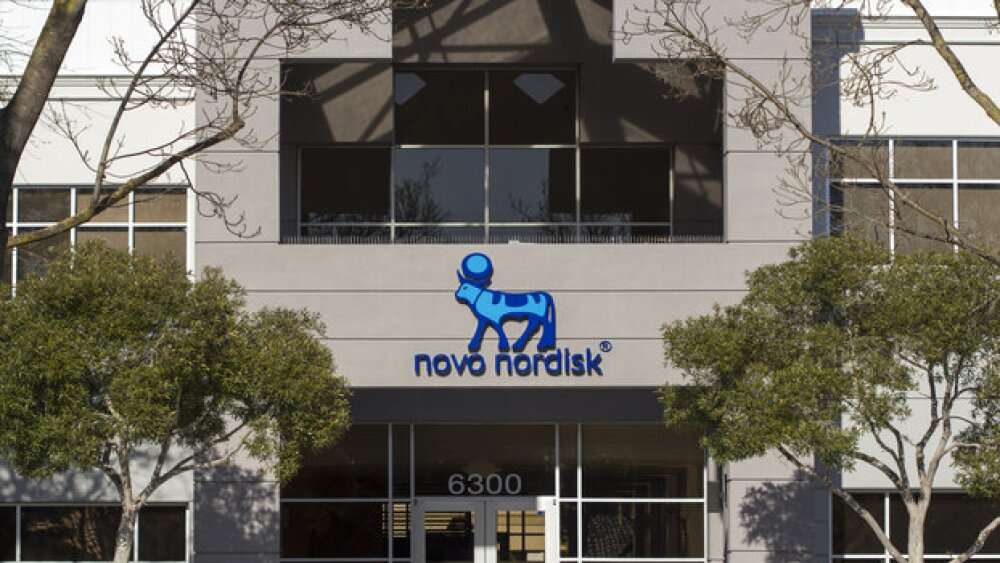In this deep dive, BioSpace explores the next big thing in obesity.
The wait is over. The first of two Phase III readouts for Eli Lilly’s oral GLP-1 therapy, orforglipron, arrived last month—with full data from the Phase III ATTAIN-1 study being presented Sept. 17 at the European Association for the Study of Diabetes meeting— and while the early results disappointed analysts, the moment further invigorated the red-hot hunt for obesity’s next great thing.
In an Aug. 7 note, Truist Securities said that while the data support approval of orforglipron, it also “leaves room for competition.” Myriad biopharma companies, including Novo Nordisk, Roche and Viking Therapeutics are waiting in the wings, looking to carve out a slice of the oral weight loss pie, which Goldman Sachs predicts will amount to 25% of the anti-obesity medication market by the end of this decade.
While orforglipron has been widely touted as having “first mover” advantage in the oral weight loss space, the first pill for obesity could hit the market this year in the form of Novo’s Wegovy (semaglutide). The Danish pharma submitted a new drug application to the FDA for an oral formulation of the blockbuster drug in May and expects a decision by the end of the fourth quarter.
The Future Is a Pill
An IQVIA report published earlier this year found that 43% of anti-obesity assets currently in development are orally administered. By 2030, Goldman Sachs predicts this will translate to the pills’ representing 25% of the up to $100 billion anti-obesity therapeutic market.
Competition in oral weight loss drugs
Novo Nordisk
- Lead asset: Amycretin
- Stage: Phase III
- Readout: Trial announced
Viking Therapeutics
- Lead asset: VK2735
- Stage: Phase II
- Readout: 2H 2025
Structure
- Lead asset: Aleniglipron
- Stage: Phase IIb
- Readout: Q4 2025
Regor Therapeutics
- Lead Asset: RGT-075
- Stage: Phase 2b
- Readout: 2025
Roche
- Lead asset: CT-996
- Stage: Phase I, Phase II to begin in 2025
- Readout: 2025
Terns Pharmaceuticals
- Lead asset: TERN-601
- Stage: Phase II
- Readout: Q4 2025
Rhythm Pharmaceuticals
- Lead asset: Bivamelagon
- Stage: Phase II
- Readout: July 2025
The Efficacy
Oral weight loss pills are attractive for a number of reasons. For patients, they could open up obesity treatment to those who are “extremely needle-phobic” and those who simply prefer pills to injections, William Blair’s Andy Hsieh told BioSpace earlier this month. For companies, oral small molecule drugs are easier to manufacture, which could “increase accessibility and lower prices,” Mizuho Securities’ Graig Suvannavejh added.
But what level of efficacy do the pills need to realistically show to compete in the market with injections? In an Aug. 7 note to investors, William Blair analysts wrote that orforglipron underperformed Wall Street’s expectations of providing “a similar magnitude of weight loss” compared with weekly subcutaneous Wegovy. At its highest dose, orforglipron elicited 9.1% placebo-adjusted weight loss, according to William Blair, while subcutaneous Wegovy came in at between 12% and 13%. In the OASIS 4 trial, meanwhile, 25 mg of oral semaglutide reduced body weight by 16.6% among those who adhered to treatment vs. 2.7% in the placebo group, a Novo Nordisk representative told BioSpace in an email. Novo has not shared data from OASIS 4 breaking down weight loss by average pounds lost. After the publication of full data from Lilly’s ATTAIN-1 study on Sept. 16 in the New England Journal of Medicine, BMO Capital Markets analysts flagged certain demographic characteristics they said could help explain “why efficacy may have underperformed expectations.” Specifically, the analysts pointed to racial and gender differences: Around 36% of participants were male, “who commonly lose less weight,” they said, while roughly 38% identified as Hispanic or Latino. It is a “known phenomenon” that people of Hispanic heritage have a “reduced sensitivity to GLP-1 agents,” according to BMO.
Editor’s note: This article, originally published as a special edition of ClinicaSpace on Aug. 11, was updated with new findings on Sept. 17.







